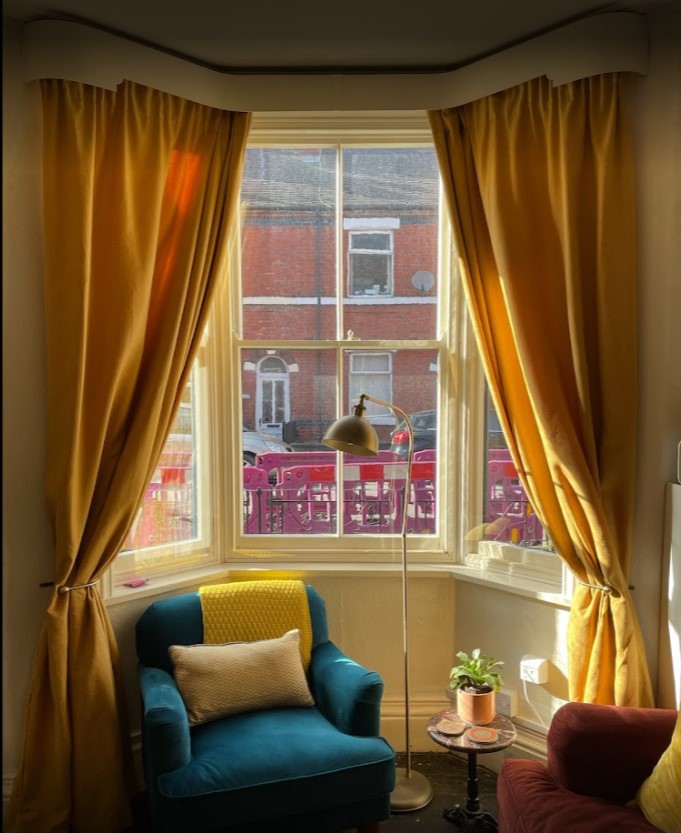Windows make a huge contribution to the character of historic buildings and every effort should be made to preserve them. They could also reveal a great deal about the history of a structure; change of architectural taste and style, social hierarchy, building economy, craftsmanship, and industrial progress.
Older windows may well be features as they eventually distort when collections become stressed. Although adequate ventilation is important in older buildings, extreme air leakage through windows is a waste of heat and is miserable for occupants.
Carefully planned and installed secondary windows allow the original windows to remain unchanged and, if necessary, repair it while reducing air emissions and leading to heat loss. Therefore, there is no damage to the historical fabric, so as in most cases the installation is easily reversible.
The recent study has revealed heat loss through conduction and radiation through a window can generally be reduced by over 60% by using secondary windows with a low emissivity (low E) hard coating exterior. The research has also shown that additional savings can be achieved if the secondary glazing uses insulation frames or uses double or vacuum glass windows.
In addition to increasing the thermal performance of windows, secondary glass can also have a number of additional benefits, including that it is extremely effective in limiting noise transfer.
For listed properties, it is important to refer to the Conservation Officer at the local planning authority for guidance prior to the installation of secondary glass. In some cases, a building permit may be required.

What are secondary windows?
Secondary glass is nothing new. In the 19th century, some buildings were constructed with internal secondary windows designed as part of the original layout. Often, another double-hung window window or fixed panels with counterweight weights were fitted in the space below the window. Their function was to cut down on the heat loss and provide a certain measure of sound insulation for the window opening.
Secondary glazing is a completely independent window system used on the room side of pre-existing windows. The original windows remain in place and in their original unaltered form.
Secondary panes are available as open, removable or fixed units. The open panels can be either cabinets or sliding screens. These types provide access to the exterior window for cleaning and opening both secondary and exterior windows for fresh air. New secondary glazing is designed to be loosened during warmer months when its thermal added benefits are not needed.
The use of glazed exterior protection for windows using either glass or plastic top is known as 'storm window' rather than just secondary glass. This can often be used to protect colored glass in churches. Using this type of system, it is important to understand the possible circumstances this produces in the airspace between the existing glazing and the extra outer glazing where ventilation will be required. The environmental conditions of the structure must also be taken into account before designing the installation.
No comments:
Post a Comment